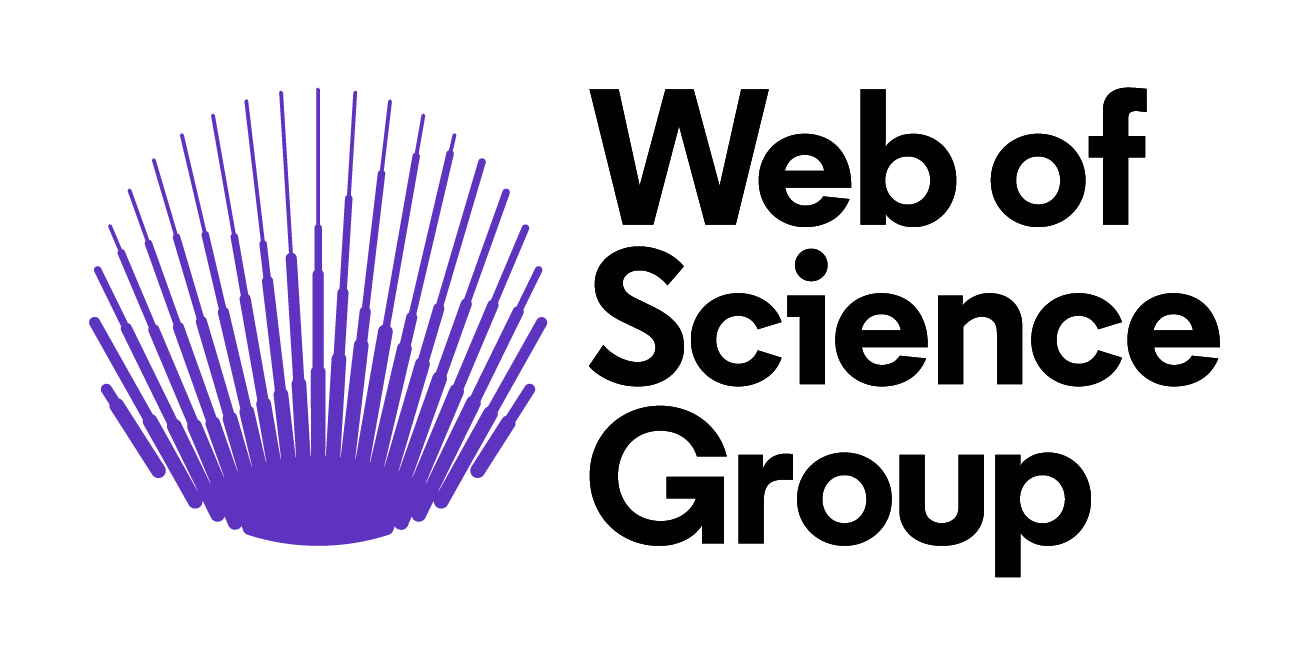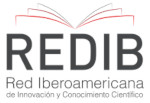Extratos aquosos de Azadirachta indica e de Annona spp. no controle de nematoides da bananeira
DOI:
https://doi.org/10.48017/Diversitas_Journal-v6i3-1667Abstract
ABSTRACT: The banana tree (Musa spp.) is the second most produced fruit crop and the first most consumed in Brazil. Among the constraints affecting the crop and causing production losses are the plant-parasitic nematodes. The objective of the present work was to evaluate the effect of neem (Azadirachta indica), Annona muricata (soursop) and A. squamosa (sugar apple) aqueous leaf extracts in the treatment of banana plantlets cv. Comprida, naturally infected by plant-parasitic nematodes, under greenhouse conditions. Four concentrations (0.5, 1.0, 1.5 and 2%) of extracts were tested in addition to the controls (Carbofuran and water); and immersion period of plantlets of 60 minutes. A completely randomized design in a factorial scheme (3x4) with eight replications was used. The experiment was evaluated three months after treatments were applied, observing the sprouting percentage of the seedlings, the nematode’s population in the soil, rhizome and roots, and the reproduction factor. There was a significant interaction between extracts and concentrations for the final population of nematodes in the root, in the rhizome and in the total final population. A reduction of the final population in the soil, root and rhizome and reproduction factor was observed in the plantlets treated with neem, soursop and sugar apple extracts when compared to the negative control (water).
KEYWORDS: Musa spp., Alternative control, Pratylenchus spp.
Metrics
References
AGRIANUAL. Anuário da Agricultura Brasileira. São Paulo: FNP Consultoria e Informações em Agronegócios, 2017.
AKHTAR, M. Nematocidal potential of the neen tree Azadirachta indica (A. Juss.). Integrated Pest Management Reviews, v. 5, n. 1, p.57-66, 2000.
BARTHOLOMEW, E. S. et al. Control of root-burrowing nematode (Radopholus similis) in banana using extracts of Azadirachata indica and Allium sativum. Journal of Organic Systems, v. 9, n. 2, p. 49-55, 2014.
COOLEN,W. A.;D ́HERDE,C. J.A method for the quantitative extraction of nematodes from plant tissue. Ghent: State Agricultural Research Centre, 1972.
CORDEIRO, Z. J. M.; MATOS, A. P.; KIMATI, H. Doenças da bananeira. In: AMORIM, L.; REZENDE, J. A. M.; BERGAMIN FILHO, A.; CAMARGO, L. E. A. Manual de Fitopatologia: doenças das plantas cultivadas. 5 ed. Ouro Fino, MG: Agronômica Ceres, 2016. p. 109-123.
COSTA, D. C.; SANTOS, J. R. P. Occurrence, damage and management of plant-parasitic nematodesonbananasinBrazil.In:InternationalCongressofTropicalNematology, 2, Maceió, AL.Anais...ONTA: SBN, 2009. 1 CD-ROM.
DANG, Q. L. et al. Nematicidal and antifungal activities of annonaceous acetogenins from Annona squamosa against various plant pathogens. Journal of Agricultural and Food Chemistry, v. 59, n. 20, p. 11160-11167, 2011.
FAOSTAT. Food and Agriculture Organization of the United Nation. 2018. Disponívelem:<http://faostat.fao.org/site/567.DestatopDefault.aspx?PAGEID=567≠ancor.> Acessoem:13 nov. 2020.
FERNANDES, M. Z. L. C. M. et al. Efeito anti-helmíntico dos extratos aquosos e etanólicos da Annona squamosa, L. (fruta-do-conde) sobre o nematoide Ascaridia galli. Revista Brasileira de Plantas Medicinais, v. 11, n. 2, p. 124-129, 2009.
FERRAZ, L. C. C. B. Chave ilustrada de identificação dos principais gêneros de fitonematoides no Brasil baseada em caracteres das fêmeas. In: OLIVEIRA, C. M. G.; SANTOS, M. A.; CASTRO, L. H. S. Diagnose de fitonematoides. Campinas, SP: Millenium Editora,2016.p.237-253.
FERRAZ, S.; FREITAS, L. G.; LOPES, E. P.; DIAS-ARIEIRA, C. R. Manejo sustentável de fitonematoides. Viçosa, MG: Ed. UFV, 2010.
FERRIS, H.; ZHENG, L. Plant sources of chinese herbal remedies: effects on Pratylenchus vulnus and Meloidogyne javanica. Journal of Nematology, v. 31, n. 3, p. 241-263, 1999.
JENKINS, W. R. A rapid centrifugal-flotation technique for separating nematodes from soil. Plant Disease Reporter, v. 48, n. 9, p.992. 1964.
JESUS,F. N.etal.Controlofthebananaburrowingnematodeusingsisalextract.Agronomy for Sustainable Development, v. 35, n. 2, p.783-791, 2014.
JOHN, A.; HEBSY, B. Bare-root dip of brinjal seedlings in phytochemicals for the management of root-knot nematode (Meloidogyne incognita). Journal of Tropical Agriculture, v. 38, p. 69-72, 2000.
KOSMA, P. et al.Assessmentofnematicidalpropertiesandphytochemicalscreeningofneemseed formulations using Radopholus similis, parasitic nematode of plantain in Cameroon. Crop Protection, v.30, n. 6, p.733-738,2011.
KUHN,P. R. et al. Extratos aquosos de plantas daninhas, aromáticas e oleaginosa no controle de Meloidogyne incognita. Nematropica, v. 45, n. 2, p. 150-157,2015.
LIMA, R. S. et al. Extratos aquosos de Annona spp. e Croton heliotropiifolius sobre Scutellonema bradys e prospecção química dos compostos. Summa Phytopathologica, v. 45, n. 2, p.223-224, 2019.
MATEUS,M. A. F.etal.ExtratosaquososdeplantasmedicinaisnocontroledeMeloidogyne incognita (Kofoid e White, 1919) Chitwood, 1949. Bioscience Journal, v. 30, n. 3, p. 730-736, 2014.
MOURA FILHO, G.; CRUZ, C. D. Fcalc for Windows v.1.2: Programa para cálculo do F corrigido em análises de regressão: Teste dos coeficientes. Viçosa: UFV, 2000. Software.
OOSTENBRINK, M. Major characteristics of the relation between nematodes and plants. Wageningen: Mededelingen Landbouwhoge School, 1966.
REHMA, A. U. et al. Protective and curative effect of bioproductsagainsttheinvasionanddevelopmentofroot-knotnematodeintomato.Pakistan Journal of Phytopathology, v. 21, n. 1, p. 37-40,2009.
RITZINGER, C. H. S. P.; FANCELLI, M. Manejo integrado de nematoides na cultura da bananeira. Revista Brasileira de Fruticultura, v. 28, n. 2, p. 331-338. 2006.
SEENIVASAN, N. et al. Management of nematodes in banana through bio-rationale approaches. Pest Management in Horticultural Ecosystems, v. 19, n.1, p. 38-44, 2013.
SIKORA, R.; COYNE, D.; QUÉNÉHERVÉ, P. Nematode parasites of bananas and plantains. In: SIKORA, R.; COYNE, D.; HALLMANN, J.; TIMPER, P. (Eds.). Plant parasitic nematodes in subtropical and tropical agriculture. 3rdedition, Boston, MA: CABI,2018. p. 617-657.
SINGH, A. U.; PRASAD, D. Management of plant-parasitic nematodes by the use of batanicals. Journal of Plant Physiology & Pathology, v. 2, n. 1, p. 1-10, 2014.
WIRATNO, D. et al. Nematicidal activity of plant extracts against the root-knot nematode, Meloidogyne incognita. The Open Natural Products Journal, v. 2, n. 1, p.77-85, 2009.
Downloads
Published
How to Cite
Issue
Section
License
Copyright (c) 2021 Erasmo Ribeiro da Paz Filho, Natália Helena Malta Soares, Larisse Raquel Carvalho Dias, Gilson Moura Filho, Fernando da Silva Rocha, Maria de Fatima Silva Muniz

This work is licensed under a Creative Commons Attribution 4.0 International License.
The Diversitas Journal expresses that the articles are the sole responsibility of the Authors, who are familiar with Brazilian and international legislation.
Articles are peer-reviewed and care should be taken to warn of the possible incidence of plagiarism. However, plagiarism is an indisputable action by the authors.
The violation of copyright is a crime, provided for in article 184 of the Brazilian Penal Code: “Art. 184 Violating copyright and related rights: Penalty - detention, from 3 (three) months to 1 (one) year, or fine. § 1 If the violation consists of total or partial reproduction, for the purpose of direct or indirect profit, by any means or process, of intellectual work, interpretation, performance or phonogram, without the express authorization of the author, the performer, the producer , as the case may be, or whoever represents them: Penalty - imprisonment, from 2 (two) to 4 (four) years, and a fine. ”


















